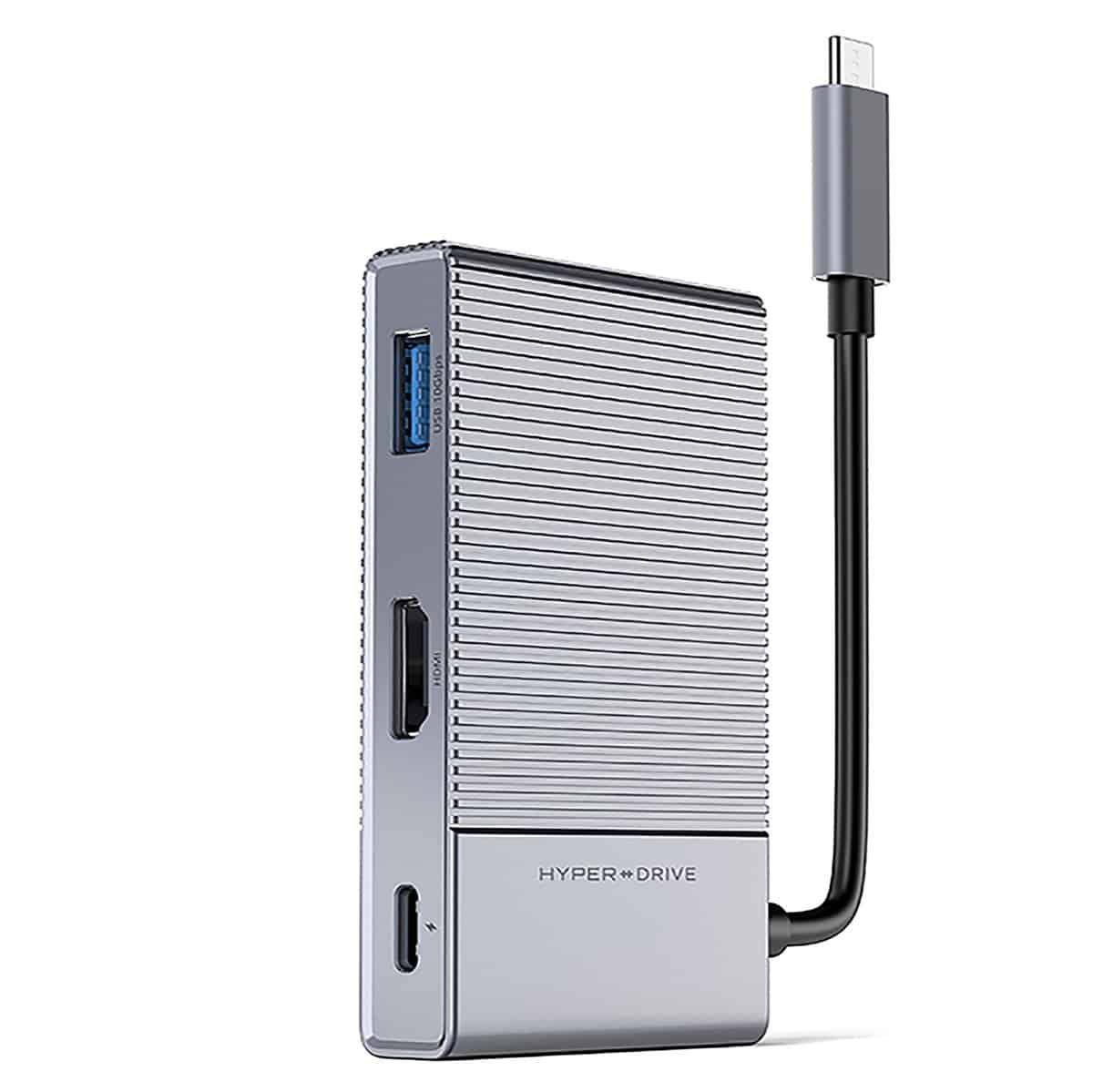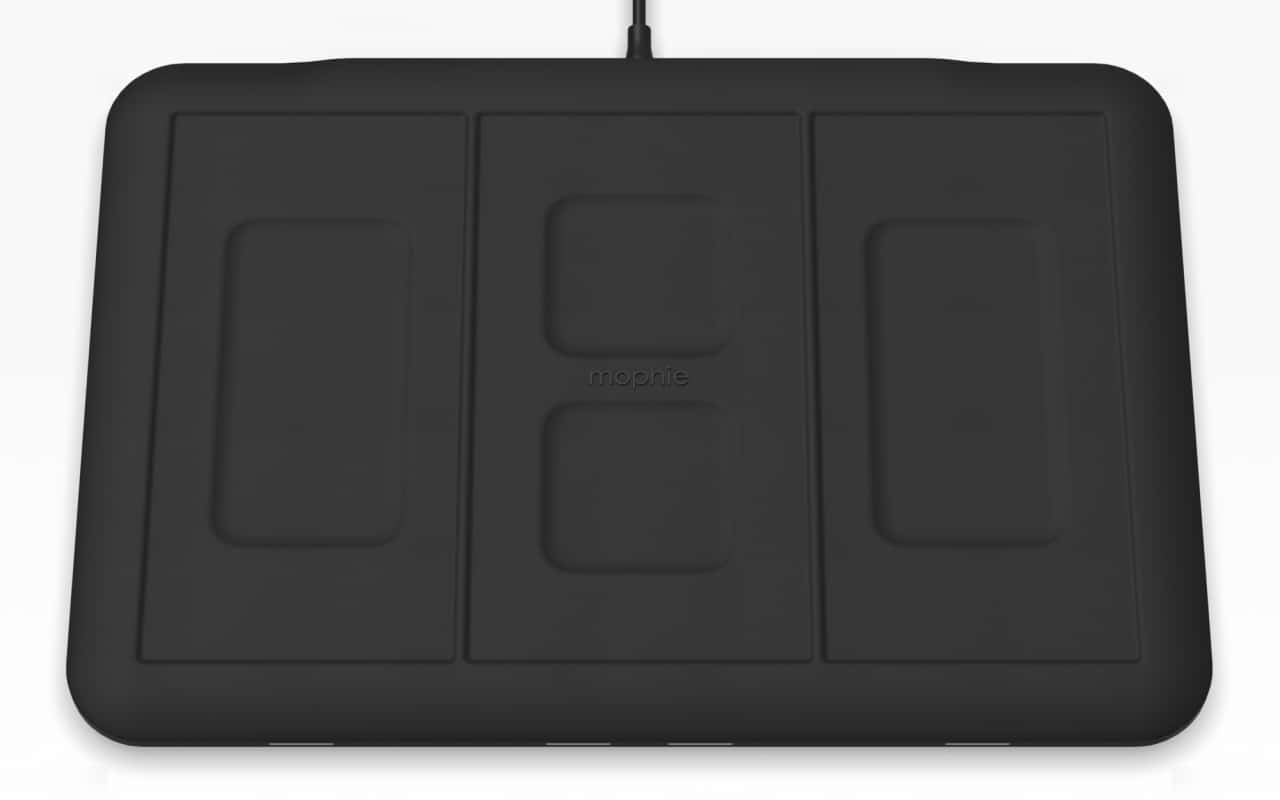If you wish to upgrade your WFH setup1, we can help you with this article. As you already know, the 2nd wave of the coronavirus pandemic is upon us, and for those that will work from home, it is a brilliant time to give your WFH setup the attention it deserves. For the best options out there, see our list of 5 Best Workspace Gadgets To Upgrade Your WFH Setup:
1. Dell Latitude 7410 Chromebook Enterprise 2-in-1 Laptop:
This laptop will definitely upgrade your WFH set up in the new year. It functions as either a laptop or a tab and it offers an 80% battery increase in just 60 minutes.
Must Read: 5 Best Chromebook Touchscreen To Buy
This device is definitely worth all the cash you will be investing in it. This Chromebook is highly recommended.
2. Grove made Ergonomic Laptop Lift:
You can upgrade your device to one that will deliver a convenient height with the Grovemade Ergonomic Laptop Lift.
Must Read: 5 Best Standing Desk Converters
This option aids you avoid all kinds of discomfort caused by working at your desk and it ensures your laptop is kept at eye level.
3. HyperDrive GEN2 USB-C Docking Station:

You can get eighteen ports in one device with this option. It simply transforms the USB-C port on any PC or device into a docking station with 2 HDMI 4K 60 Hz ports, 2 USB-A ports, a VGA port, a USB-C ports, an Ethernet port e.t.c.
4. View-You Computer Webcam:
This is another decent product for WFH setups and this gadget actually makes it look like you are staring right into the other person’s eyes.
Must Read: How to Use Your Android Phone as a Webcam for Your.
It even moves around the display from time to time, guaranteeing a 2-way eye contact. It is highly recommended.
5. Mophie 4-in-1 Wireless Charging Mat:

If you need to power up 5 devices at once, it can happen when you own the mophie 4-in-1 wireless charging mat. This brilliant office gadget comes with 4 wireless charging spots that function with all Qi-enabled devices. It also possesses a USB-A port.
More Information On Coronavirus:
Coronaviruses are a group of related viruses that cause diseases in mammals and birds. In humans, coronaviruses cause respiratory tract infections that can be mild, such as some cases of the common cold (among other possible causes, predominantly rhinoviruses), and others that can be lethal, such as SARS, MERS, and COVID-19.
Symptoms in other species vary: in chickens, they cause an upper respiratory tract disease, while in cows and pigs they cause diarrhea.
There are yet to be vaccines or antiviral drugs to prevent or treat human coronavirus infections. Coronaviruses constitute the subfamily Orthocoronavirinae, in the family Coronaviridae, order Nidovirales, and realm Riboviria.
They are enveloped viruses with a positive-sense single-stranded RNA genome and a nucleocapsid of helical symmetry.
The genome size of coronaviruses ranges from approximately 27 to 34 kilobases, the largest among known RNA viruses.
The name coronavirus is derived from the Latin corona, meaning “crown” or “halo”, which refers to the characteristic appearance reminiscent of a crown or a solar corona around the virions (virus particles) when viewed under two-dimensional transmission electron microscopy, due to the surface covering in club-shaped protein spikes.
Human coronaviruses were first discovered in the late 1960s. The earliest ones discovered were an infectious bronchitis virus in chickens and two in human patients with the common cold (later named human coronavirus 229E and human coronavirus OC43).
Other members of this family have since been identified, including SARS-CoV in 2003, HCoV NL63 in 2004, HKU1 in 2005, MERS-CoV in 2012, and SARS-CoV-2 (formerly known as 2019-nCoV) in 2019. Most of these have involved serious respiratory tract infections.



